ER Preterite Worksheet
Are you an intermediate-level Spanish learner searching for a comprehensive and engaging practice resource to solidify your knowledge of the preterite tense? If so, this ER Preterite Worksheet is just what you need. With carefully crafted exercises covering regular verbs ending in -er, this worksheet aims to provide the perfect combination of practice and understanding to help you master this essential grammatical aspect of the Spanish language.
Table of Images 👆
More Other Worksheets
Kindergarten Worksheet My RoomSpanish Verb Worksheets
Cooking Vocabulary Worksheet
DNA Code Worksheet
Meiosis Worksheet Answer Key
Art Handouts and Worksheets
7 Elements of Art Worksheets
All Amendment Worksheet
Symmetry Art Worksheets
Daily Meal Planning Worksheet
What is the ER preterite tense used for?
The ER preterite tense is used in Spanish to express completed actions in the past that are seen as single events or actions that have a definite beginning and end.
How do you form the ER preterite tense for regular verbs?
To form the ER preterite tense for regular verbs in Spanish, you typically remove the infinitive ending (-er) and add the appropriate preterite tense endings: -í, -iste, -ió, -imos, -isteis, -ieron. For example, for the verb "comer" (to eat), the preterite tense would be formed as "comí, comiste, comió, comimos, comisteis, comieron".
Can you provide an example of a regular verb in the ER preterite tense?
Certainly! An example of a regular verb in the ER preterite tense is "comer," which means "to eat" in Spanish. In the preterite tense, the conjugation of "comer" for the pronoun "yo" (I) would be "comí," which translates to "I ate" in English.
Are there any irregular verbs in the ER preterite tense? If so, can you give an example?
Yes, there are irregular verbs in the preterite tense in Spanish, including some ER verbs. An example of an irregular ER verb in the preterite tense is "tener" (to have). In the preterite tense, "tener" conjugates to "tuve" for the first person singular (yo) form instead of the expected "tuví.
Is there a difference in conjugation between singular and plural subjects?
Yes, there is a difference in conjugation between singular and plural subjects in many languages. Typically, verbs are conjugated differently depending on whether the subject is singular or plural in order to agree with the subject in number. This means that the form of the verb changes to match the number of the subject in the sentence.
Can reflexive verbs be used in the ER preterite tense?
No, reflexive verbs cannot be used in the ER preterite tense. Reflexive verbs are conjugated in the past tense using the reflexive pronoun and the appropriate preterite tense form of the auxiliary verb "haber.
Are there any stem-changing verbs in the ER preterite tense? If so, can you provide an example?
Yes, there are stem-changing verbs in the ER preterite tense. One example is the verb "querer" (to want) which changes its stem from "quer-" to "quis-" in the yo form, resulting in "quiso" for "he/she/it wanted" instead of "quero.
When do you use the ER preterite tense in Spanish conversation or writing?
The ER preterite tense in Spanish is used to talk about completed actions in the past that happened at a specific point in time. It is commonly used in narratives, personal anecdotes, or to describe a sequence of events. This tense is used to express actions that are viewed as a single event that happened and ended in the past.
Can adverbs or time expressions be used with the ER preterite tense?
No, adverbs or time expressions are not used with the ER preterite tense in Spanish. The ER preterite tense already indicates a specific point in the past, so additional adverbs or time expressions are not needed to specify the timing of the action.
What are some common mistakes or challenges students face when using the ER preterite tense?
Some common mistakes or challenges students face when using the ER preterite tense include confusing regular and irregular verb endings, not understanding the slight variations in conjugation for stem-changing verbs, struggling with the accents and orthographic changes that come with certain irregular verbs, and incorrectly applying the preterite tense when the imperfect tense might be more appropriate. Practice, exposure, and understanding the specific rules and exceptions of the ER preterite tense can help students overcome these challenges.
Have something to share?
Who is Worksheeto?
At Worksheeto, we are committed to delivering an extensive and varied portfolio of superior quality worksheets, designed to address the educational demands of students, educators, and parents.

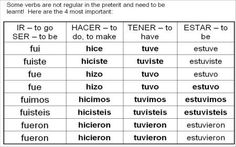



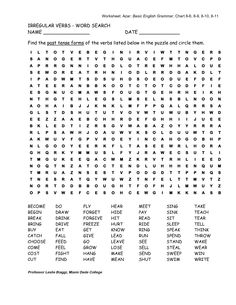
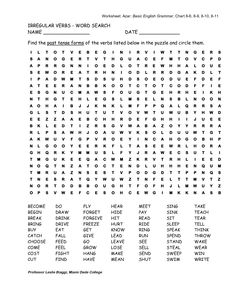
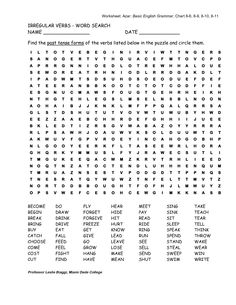
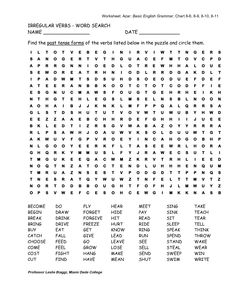
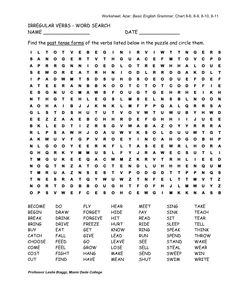
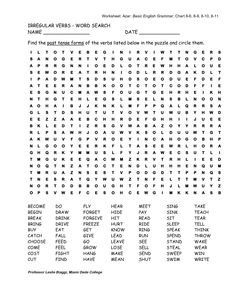
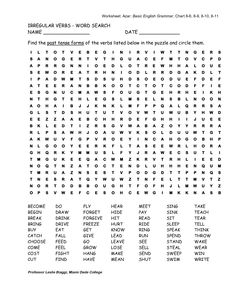
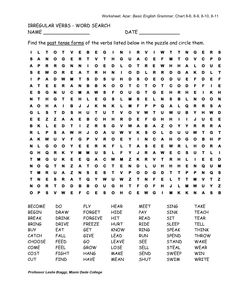
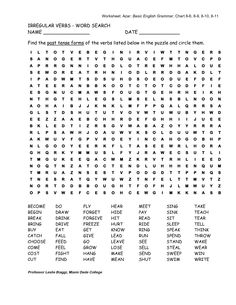
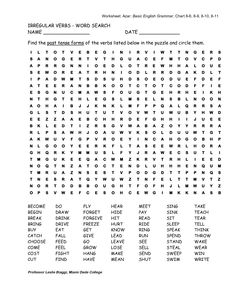
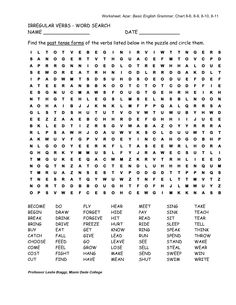
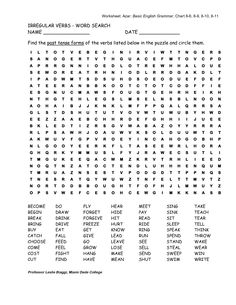
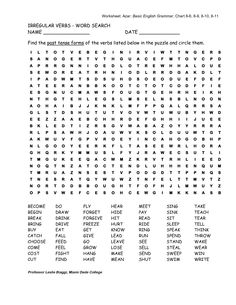
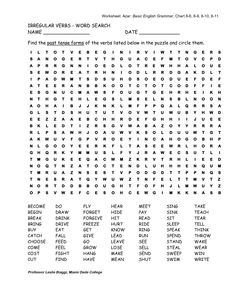
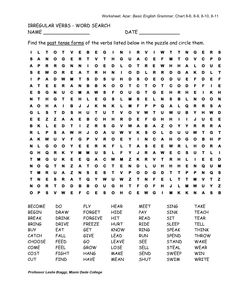














Comments